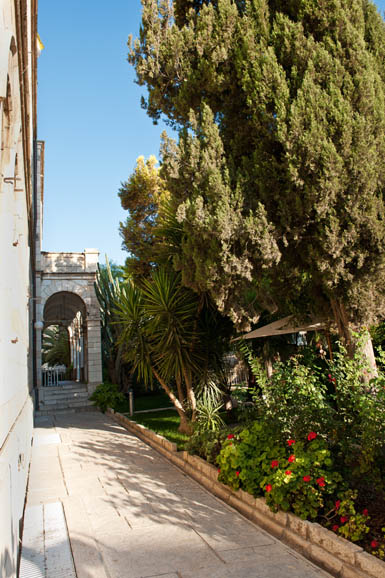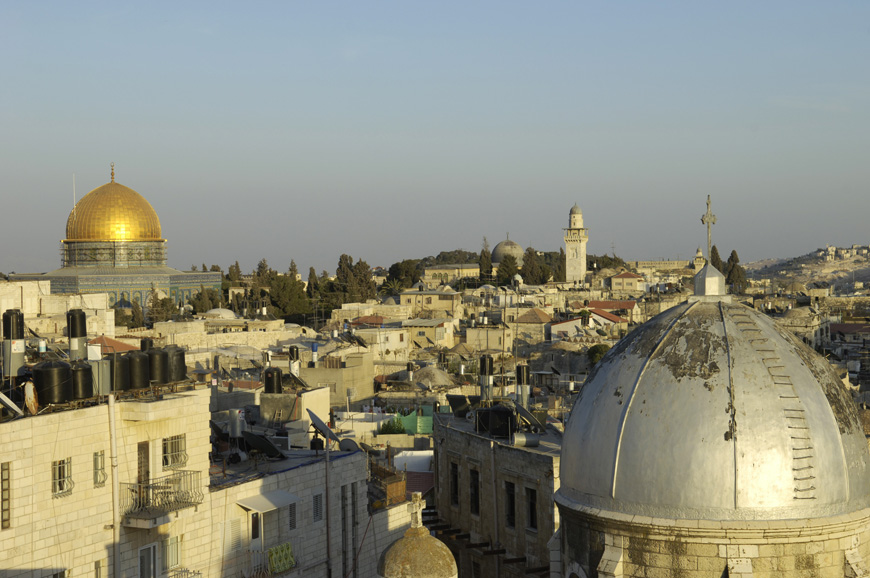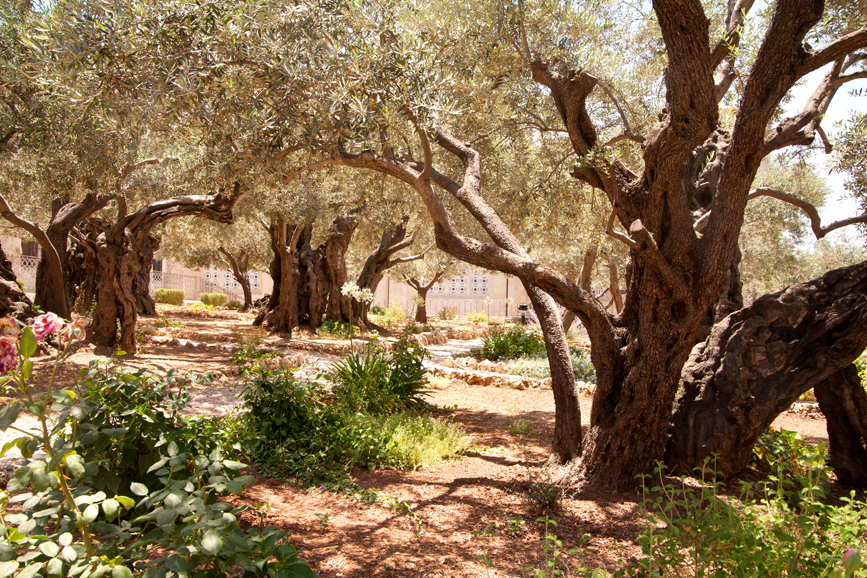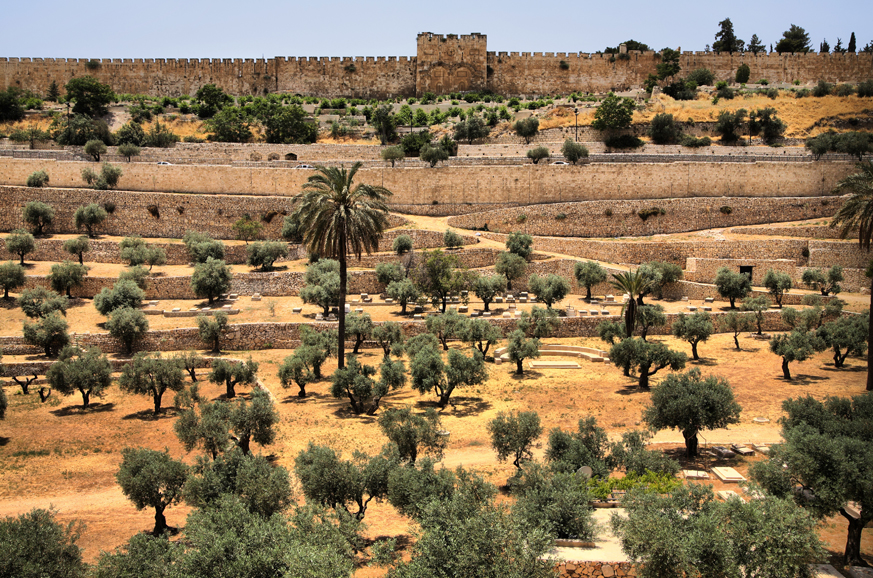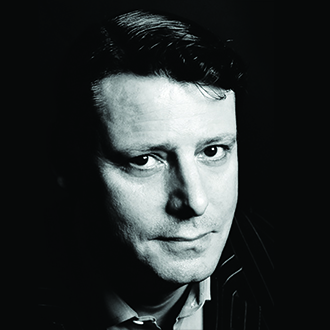Known variously as the City of David, the Holy City or simply “the Golden,” Jerusalem has had many nicknames in its long history. Yet with its squares, recreation grounds, private and public parks and myriad green spaces, one obvious soubriquet seems to me to be lacking: Surely, it is the City of Gardens.
There’s nowhere quite like Jerusalem. I have a visceral love of the place. Besieged, captured and attacked for more than 5,000 years, it is almost incredibly being fought over still. And yet, when people ask me if the city is “safe,” I reply, truthfully, that I feel safer walking around Jerusalem than I do crossing the main concourse of Grand Central.
Like all the great cities of antiquity, it is built on hills. And it is a city of flowers. Come in the spring, when wildflowers carpet the Mount of Olives, or in the fall when bellevalia, the dessert hyacinth, blooms on the Judean hills. Come for the winter-flowering white spurge, or to gawp at the summer lily known as the Bethlehem star.
If you love gardens as I do, an intoxicating start to any tour of Jerusalem is in the Givat Ram district, opposite the Knesset and at the foot of the Israeli Supreme Court, where the Wohl Rose Garden is the only garden of its kind in the Middle East. Some 400 varieties of roses from all over the world vie for your attention here, from miniature, inchoate buds to the blousiest, most headily-scented blooms.
A small garden I love off the tourist trail is the walled garden at the Austrian hospice near the Damascus Gate, one of the gateways to the Old City. You press the buzzer on the outer door and miraculously — we are in the city of miracles — it always opens, to reveal one of the most tranquil spots in this often frenetic town. At the garden café, a slice of real apple strudel with a soot-black Austrian coffee is the perfect pick-me-up before going on your way, with an amazing view of the Old City as a backdrop.
Walls matter in Jerusalem. One built by Suleyman the Magnificent in 1540 still (mostly) stands, flanking the recently created Beth Shalom Garden, a quarter-mile stretch filled with antiquities dating back 3,000 years. A footpath leads visitors through the park while an area reserved for future excavation is planted with olive trees and native grasses. At points along the way, sycamore and ash trees provide welcome shade.
I love the rolling lawns in the glorious five-acre gardens at Brigham Young University’s Jerusalem Center on the Mount of Olives, and I’m grateful for the two brass fountains when the steamy Jerusalem summer takes hold. Although you can’t bathe in them — of course you can’t — just the sound of the water helps to cool you down. Biblical herbs and flowers — rosemary, wild lemon, thyme, oregano, dwarf ivy and lavender — punctuate these gardens, while within the campus are courtyards with fig, palm and pomegranate trees. Free weekly classical concerts, many of them world-class, are a further attraction here.
Just off Jericho Road, an alley that runs close to the Church of All Nations leads to what is believed to have been the site Garden of Gethsemane, where Jesus was betrayed. This garden, or what remains of it, is now no more than a grove of ancient olive trees surrounded by a wrought iron fence and might strike some as slightly anticlimactic, although I find its simplicity (and relative lack of tourists) lends it a palpable sense of awe.
Cut to West Jerusalem and the multilevel gardens and pergolas along the Sherover and Haas promenades, walking trails full of native plants and shaded places to sit. I strolled along here with a friend one Saturday afternoon (the Jewish Sabbath), when large numbers of Jerusalemites are out walking, and was struck by how quiet it was. Starting at Olei ha-Gardom Street, with wonderful views of East Jerusalem and the Old City walls, I watched the vistas change as we progressed along the half-mile walk. Now peering into the distance, all I could see was — well, nothing. “What are we looking at now?” I asked my pal. “The Judean desert,” he replied.
Like art with your garden? Then look no further than the Billy Rose Art Garden, designed by the Japanese-American sculptor Isamu Noguchi on the grounds of The Israel Museum, where sculptures by Auguste Rodin, Antoine Bourdelle and Henry Moore, along with the works of other great 19th- and 20th-century artists, abound.
In the city’s Malha district, the Jerusalem Biblical Zoo is one of the country’s most visited tourist sites. Originally intended to gather animals, birds and reptiles mentioned in the Bible, its remit today includes breeding, protecting endangered species, and caring for sick animals before returning them to the wild. The two main levels of the zoo are connected by a motorized train and there’s a jungle-themed kids’ gym in the landscaped gardens. If you’re sightseeing with children, the zoo should be high up on your list of places to visit.
You can’t talk about gardens in this neck of the woods without mentioning The Jerusalem Botanical Gardens. This exceptional city retreat, originally founded in 1931 and adjoining the Hebrew University, now covers more than 30 acres, with 10,000 species from around the world, each one uniquely displaying its floral name in both Latin and Hebrew. Its research and learning programs are among the most highly regarded in the world. “At The Jerusalem Botanical Gardens,” says the museum’s website, “we are constantly working to create a place of beauty, tranquility and peace in the heart of our complex city.”
It’s a great mission statement both for the garden, to say nothing of a trope for what good people are trying to bring about in the entire region. Spring means hope, and nowhere needs that as much as this great city and these lands.

